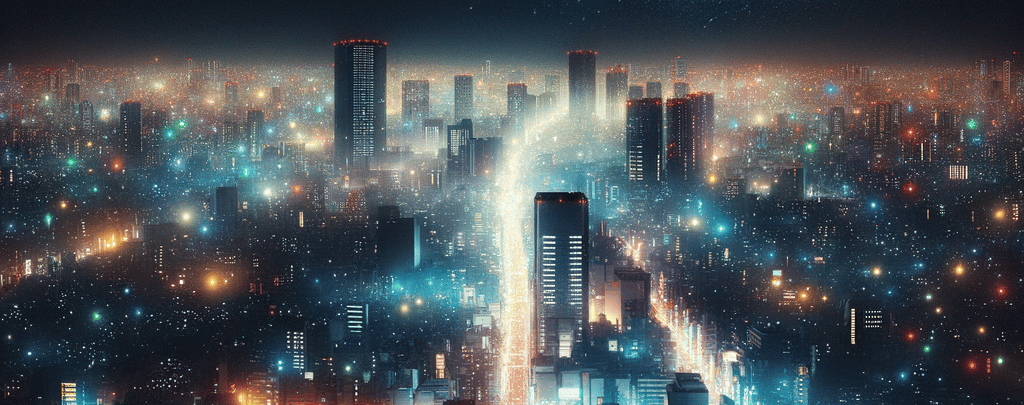Light Pollution: A Silent Threat to Rest, Health and Biodiversity


This week, the first global map of light pollution in Catalonia was published — a scientific and technical milestone that speaks directly to us as professionals committed to environmental comfort and health in the built environment. The study, developed by the Institute of Space Studies of Catalonia (IEEC) and the Institute of Cosmos Sciences at the University of Barcelona, was made possible thanks to advanced modelling of more than 1.5 million public light points and a real-time sensor network spread across the territory. The result: a precise radiography of our night sky, with a resolution of just one square kilometre.
From the perspective of environmental comfort, light pollution is not merely an astronomical concern. It is a risk factor for human health and a major driver of ecological imbalance. At HAUS, we’ve long advocated for an integrated vision of comfort that includes light as one of the essential “nutrients” of our physiology. But it is important to remember that artificial light at night — especially blue-rich light, poorly directed or excessively bright — can cause disruptions in the circadian cycle, difficulty falling asleep, reduced sleep quality, and cumulative effects on the endocrine and immune systems¹[1].
In addition, light pollution deeply alters nocturnal ecosystems: it disorients migratory birds, affects the reproductive patterns of insects and amphibians, and modifies the behaviour of many nocturnal species. The impact on biodiversity is particularly severe in fragile environments such as natural parks or rural areas, which should serve as true sanctuaries of darkness.
This new map, therefore, is not just an informative tool — it is a call to action. We must incorporate responsible lighting design criteria in urban planning, in exterior lighting systems and, of course, in the buildings where we live and work. As professionals in the built environment, we have both the opportunity and the responsibility to prescribe solutions that minimise unnecessary light emissions: time-based lighting controls, intensity regulation, warm colour temperatures, directional shielding, and, above all, the promotion of a new culture of darkness as an environmental asset.
At HAUS, we work so that every project becomes a space where light contributes to wellbeing — not a source of dysfunction. And this map, like the scientific data that supports it, helps us clearly see what often goes unnoticed: that the right to a dark night sky is also a right to environmental and human health.
[1] Institute of Space Studies of Catalonia (IEEC)
Stevens, R.G. & Zhu, Y. (2015). "Electric light, particularly at night, disrupts human circadian rhythmicity: is that a problem?" Philosophical Transactions of the Royal Society B: Biological Sciences.
▪ This review demonstrates how exposure to artificial light at night interferes with melatonin production and the natural circadian rhythm, altering the sleep–wake cycle.
Walker, W.H. et al. (2020). "Circadian rhythm disruption and mental health." Translational Psychiatry, 10, 28.
▪ This study shows how disruption of circadian rhythms can contribute to insomnia, mood disorders, and anxiety.
Cho, Y. et al. (2015). "Effects of artificial light at night on human health: A literature review of observational and experimental studies." Chronobiology International.
▪ This comprehensive review concludes that nighttime light exposure reduces sleep quality, increases sleep latency, and causes nighttime awakenings.
Bedrosian, T.A. & Nelson, R.J. (2013). "Influence of the modern light environment on mood." Molecular Psychiatry.
▪ This article shows how artificial nighttime lighting can affect hormone production—such as cortisol and melatonin—impacting the endocrine system and inflammatory responses.
Fonken, L.K. et al. (2013). "Dim light at night disrupts molecular circadian rhythms and increases body weight." Journal of Biological Rhythms.
▪ Provides experimental evidence that nighttime light can deregulate hormonal systems and promote metabolic and immune imbalances.
